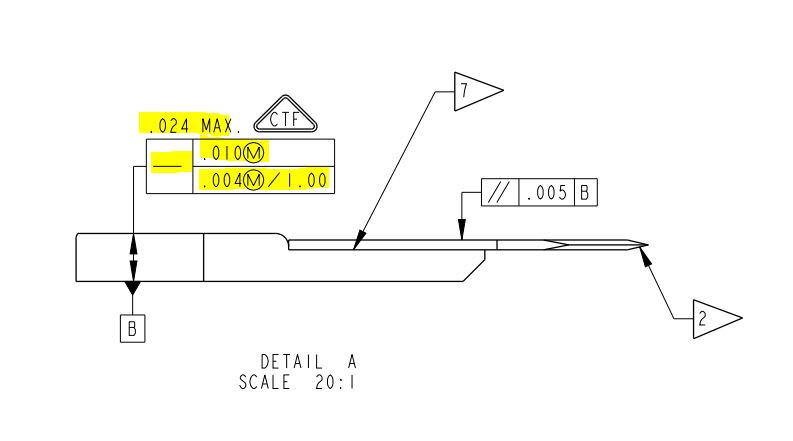thatdanielxy
Mechanical
What's the correct understanding on below straightness definition?


Follow along with the video below to see how to install our site as a web app on your home screen.
Note: This feature may not be available in some browsers.

The fact that you think it is ambiguous does not mean it is not fully legal. Up to that point it was not even mentioned that there may be something else on that drawing (that we don't see) that controls the minimum thickness of the feature.@pmarc: Like I mentioned in my post to greenimi, it's ambiguous, that makes it is not fully legal.
How do you know that without seeing the rest of the drawing or without at least knowing that there is nothing on the drawing that controls the unspecified limit?In OP example unspecified limit WILL result in a condition detrimental to the design, so it is used improperly. End of story.
As long as we agree that the way the concept of size works in both cases - single limits and traditionally toleranced size - is the same, then I do not have to know the lower size limit to be able to calculate the size of a boundary that will never be violated by the surfaces of the toleranced feature controlled with the DML straightness at MMC tolerance.@pmarc: it is "impossible to properly calculate virtual condition" because size tolerance is not specified on the drawing. Period
Single limits as described in Para. 2.5 are not the same as limits of size as described in Para. 2.7. They are different things.
CheckerHater said:Are you saying that ANY size tolerance will result in THE SAME virtual condition?
CH said:Excuse me? Are you saying that ANY size tolerance will result in THE SAME virtual condition?
